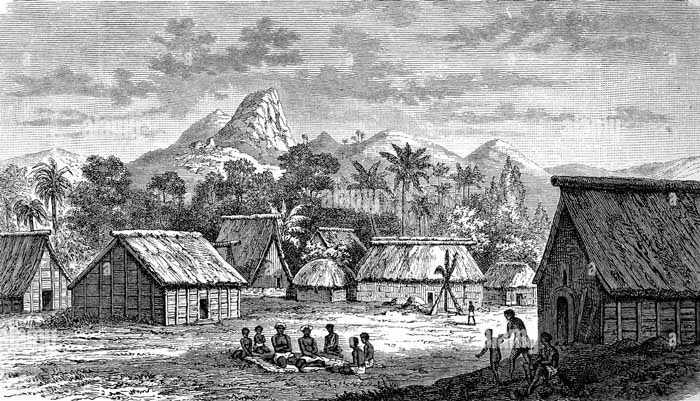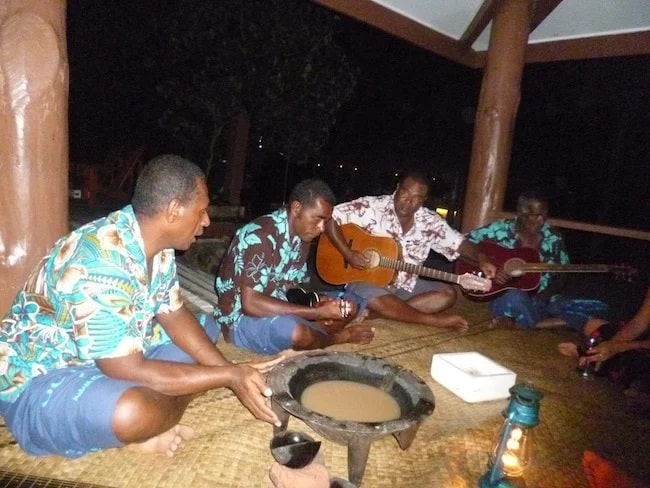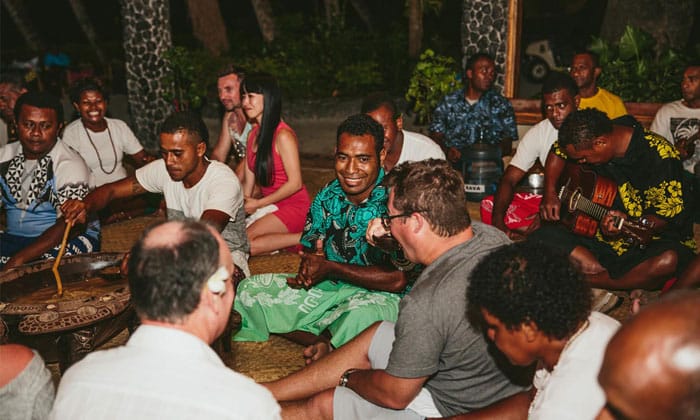Fiji Kava History and Culture
Fiji Kava History

Kava is a traditional drink made from the roots of the plant – Piper Methysticum, which grows in the South Pacific. Although it’s one of many kava drinks around the world, it’s unique. That’s because it’s made in Fiji and has a rich history.
The first time kava was consumed was by Fijians who were traveling to Tonga to trade. So, when they returned home, they brought back knowledge of this new drink and started making it themselves. Subsequently, Kava quickly became popular among all classes in Fiji, from chiefs to commoners.
Kava has remained popular since then because it helps people unwind after work or on weekends. Notably, it’s not uncommon for Fijians to enjoy kava as part of their morning routine. Additionally, Kava also helps them relax before bedtime so that they can sleep well at night!
Understanding the Fiji Kava Culture

Use of kava in Fiji was first recorded by westerners when Europeans started arriving in the mid-1800s. This is when they brought alcohol with them. However, the new settlers were shocked to find that the Fijians preferred their traditional drink over anything else offered!
Traditionally, kava was used as a ceremonial drink by chiefs and priests as well as for medicinal purposes. Nonetheless, it was principally reserved for these special occasions and was not an everyday event. Since then, today, kava is drunk in villages and in the main towns by all Fijian’s. In particular, this applies whether they are indigenous or not and on at least a weekly basis.
How Kava is Prepared in Fiji

Kava is prepared by grinding the roots of the kava plant and then mixing them with water. After that, they strain the mixture through a cloth. The resulting liquid is usually consumed as a shot. Sometimes however, occasionally it is mixed with other beverages such as soda water or coconut milk. Also notably, kava prepared in Fiji is normally mixed with a much larger amount of water than other Pacific countries. Although this means it is weaker, it’s consumed over a longer period of time in a more social environment.
Summary

Concluding, the rich history and cultural significance of kava is tied to the very fundamentals of Fijian society and customs. To understand this plant, it’s important to understand how integral it is to everyday life in Fiji. Also, you should know that maintaining this practice has kept the spirit of cultural tradition alive. There are many kinds of stories out there about kava. Have you been to Fiji? Well, it’s only there, when sharing a shell of kava with the locals, will you truly understand the kava experience.
